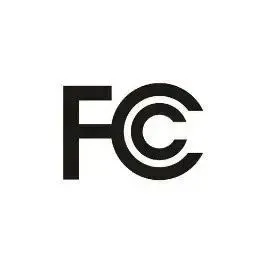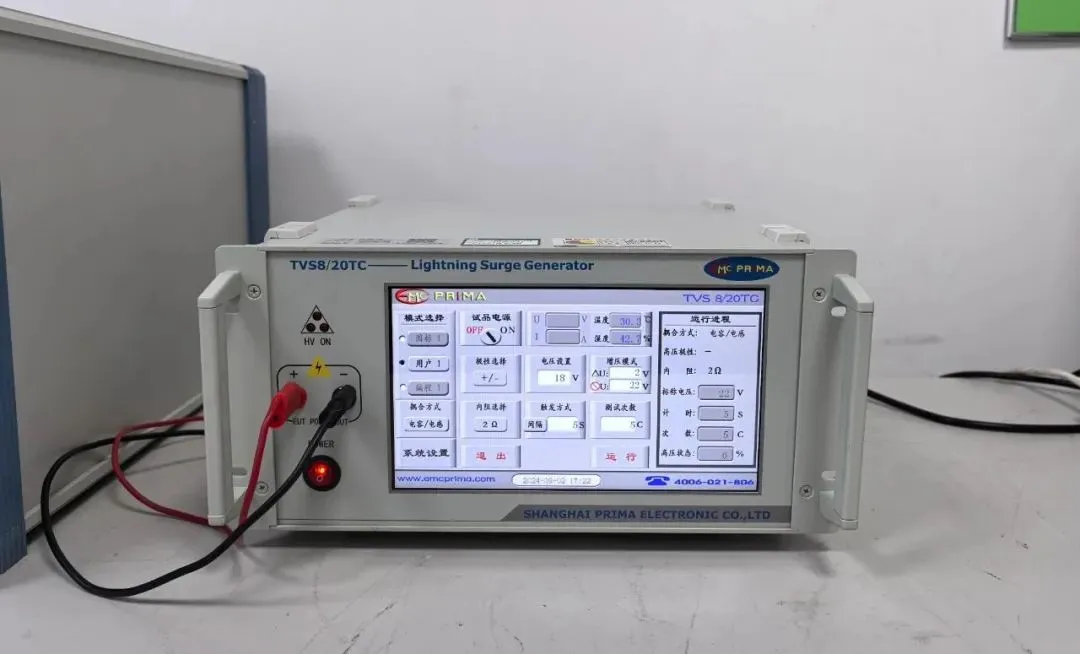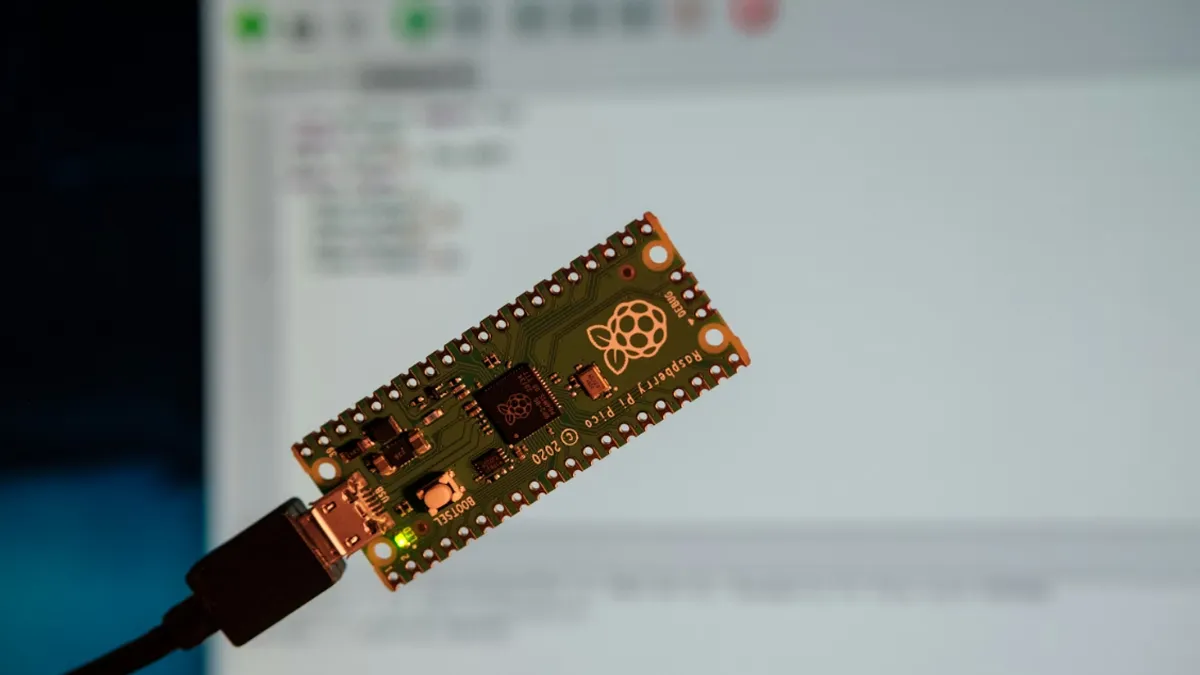
RCM Certification for Automotive and Household Appliances
Electrical products exported to Australia mainly include household appliances and automotive electronics. If your electrical product is to be exported to Australia, it must undergo rcm certification.
RCM certification involves several regULatory frameworks, such as electrical safety, telecommunications safety, EMC safety, electromagnetic energy (EME) safety, and radio frequency (RF) safety. This article provides a detailed analysis of how a household or automotive electrical product can meet RCM requirements.
How Electrical Products Meet RCM Requirements
1. Determine the Regulatory Frameworks Based on Product Function
For example, a Bluetooth headset:
Its voltage does not meet the threshold of 50V AC or 120V DC requiRED for electrical safety regulations, so electrical safety requirements do not apply.
However, it involves electromagnetic compatibility, so it must meet EMC safety requirements.
Although the device is used close to the human body, its frequency is around 20kHz, which is below the 100kHz–300GHz rangerequired under the electromagnetic energy framework. Therefore, EME safety requirements are not applicable.
Since the headset involves wireless transmission, it must comply with RF safety regulations.
2. Confirm Whether Existing Test Reports Can Be Referenced
Most products exported to Australia have already been certified in other markets and may have test reports or certificates that meet local requirements. Many countries and regions adopt or reference IEC (International Electrotechnical Commission)or EN (European Standards), and Australia is no exception.
For example, the EMC and RF regulatory frameworks in Australiaare largely based on EN and IEC standards, which means related existing reports can often be directly referenced.
3. Confirm Which Test Reports Still Need to Be Supplemented
Regulations under electrical safety, electromagnetic energy, and telecommunications frameworksare mostly based on Australian/New Zealand standards, meaning new testing and reports are often required. However, some standards allow gap testingor differential analysisbased on existing IEC test results.
For example, an automotive millimeter-wave radarthat has already obtained a CE-RED certificatebefore export to Australia complies with the following regulations:
EMC:EN 301 489-1 V2.2.3, EN 301 489-51 V2.1.1
Health (EME):en iec 62311:2020
RF:EN 301 091-1 V2.1.1
Safety:EN iec 62368-1:2020 + A11:2020
In this case:
EMC and RF requirements are metunder Australian regulations.
Safety requirements are exemptdue to the product's low voltage.
The only additional requirement is an EME reportbased on the AS/NZS 2772.2 standardto meet RCM certification.
4. Arrange Sample Testing to Obtain the Supplementary Test Reports
If additional test reports are required, arrange testing for product samples according to the applicable Australian standards.
5. If the Product Falls Under Level 3 Electrical Safety, Submit Documentation for Approval
Products that are categorized under Level 3 of electrical safetymust have their documentation submitted to an officially authorized agencyfor approval in order to obtain an electrical safety certificate.
6. Compile All Documentation and Complete Product Registration or Issue an sdoc
According to RCM regulations, RCM registration must be conducted by a local Australian agent. Gather all existing and supplementary test reports and product documentation. The Australian agent must use their account to log in to the EESS Registration Databaseto complete the registration process or issue a Supplier Declaration of Conformity (SDoC).
Special Notes on Automotive Electrical Products
All vehicles exported to Australia, whether or not they include spare parts, must undergo ECE R10 testing. Any radio communication transmitters onboardmust also comply with corresponding RF, EME, and telecommunications regulatory testing.
Email:hello@jjrlab.com
Write your message here and send it to us
 Do I Need EC Homologation in the USA?
Do I Need EC Homologation in the USA?
 FCC Part 15B & Part 97 Certified
FCC Part 15B & Part 97 Certified
 EMC Pre-Compliance Testing UK
EMC Pre-Compliance Testing UK
 EMC Compliance Testing Australia
EMC Compliance Testing Australia
 Electrical Compliance Testing NZ
Electrical Compliance Testing NZ
 Compliance Testing for Children's Clothing
Compliance Testing for Children's Clothing
 Amazon Product Compliance Testing
Amazon Product Compliance Testing
 What is RCM Compliance Testing?
What is RCM Compliance Testing?
Leave us a message
24-hour online customer service at any time to respond, so that you worry!




